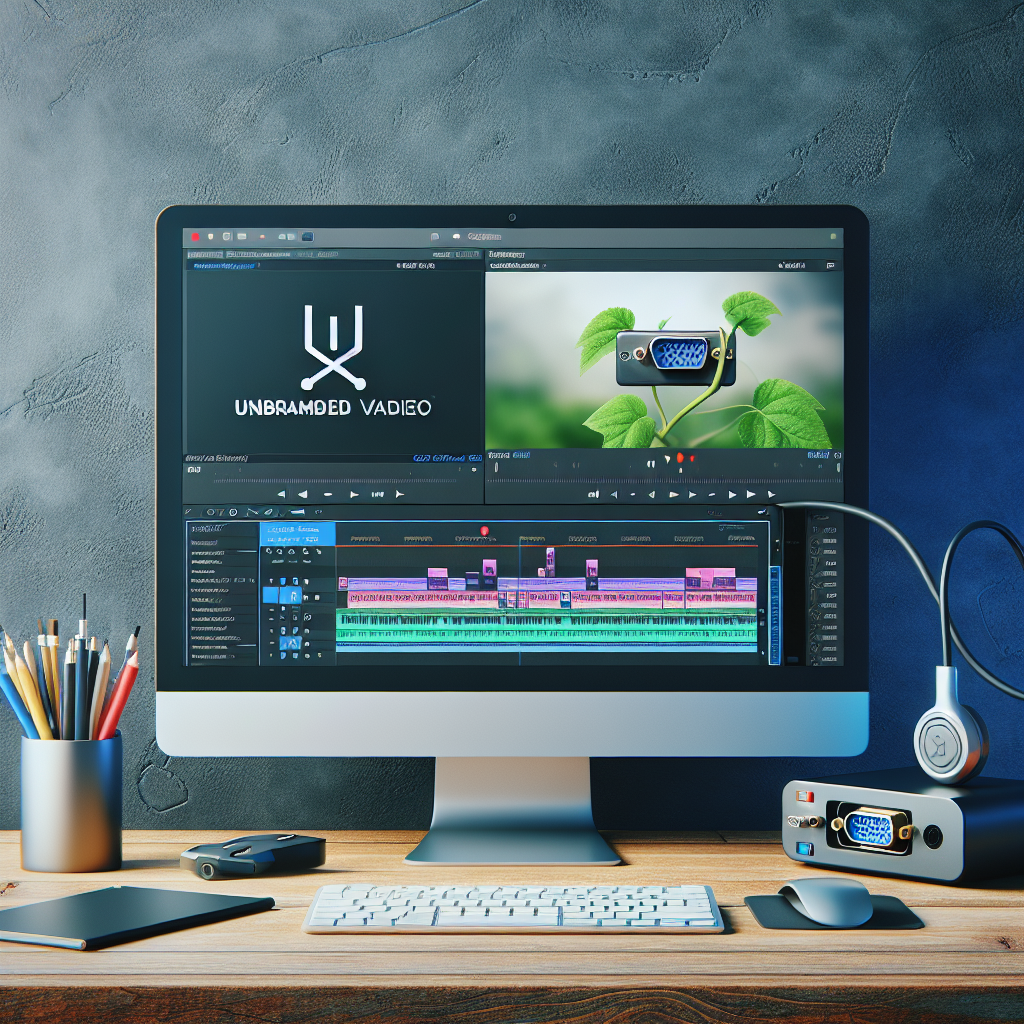Video editing is a resource-intensive process that requires specific hardware and software to function effectively. As technology advances, many users seek different connectivity options to enhance their video editing experience. One such option is the USB to VGA adapter. In this article, we will explore whether a USB to VGA adapter is suitable for video editing.
Understanding USB to VGA Adapters
A USB to VGA adapter allows users to connect devices with USB ports to VGA displays. This is particularly useful for laptops or desktops that lack dedicated VGA outputs. The adapter converts the digital signal from the USB port into an analog signal that the VGA monitor can understand.
Advantages of Using USB to VGA Adapters
- Extended Display Options: USB to VGA adapters enable users to connect multiple monitors, expanding their workspace and improving workflow during video editing.
- Cost-Effective Solution: For those who do not want to invest in a new video card, a USB to VGA adapter is an affordable alternative.
- Portability: These adapters are generally small and lightweight, making them easy to carry around for on-the-go editing.
Limitations of USB to VGA Adapters for Video Editing
- Performance Issues: USB to VGA adapters may not provide the best performance for high-resolution video editing. The data transfer speed is typically lower, which can lead to lag or reduced quality in playback.
- Driver Compatibility: Some USB to VGA adapters may require specific drivers that need to be installed, which could complicate the setup process.
- Limited Support for Graphics-Intensive Software: Professional video editing software, such as Adobe Premiere Pro or Final Cut Pro, often requires a dedicated graphics card for optimal performance. Using a USB to VGA adapter may not meet these requirements.
Is a USB to VGA Adapter Suitable for My Needs?
When considering whether to use a USB to VGA adapter for video editing, take the following factors into account:
- Editing Requirements: If your video editing work is minimal or primarily involves basic edits, a USB to VGA adapter may suffice. However, for more demanding projects, investing in a dedicated video card is recommended.
- System Specifications: Ensure your computer meets the necessary requirements to support the adapter and the software you intend to use.
- Monitor Quality: The quality of the monitor you are connecting via the adapter also plays a significant role in your editing experience. A high-resolution monitor may not perform to its full potential with a USB to VGA adapter.
Conclusion
In summary, while a USB to VGA adapter can be a convenient solution for connecting additional displays, it may not be the best option for serious video editing. Users should consider their specific needs, the performance limitations of the adapter, and the capabilities of their editing software. For professional and high-quality video editing, investing in a dedicated graphics card and a high-resolution monitor is advisable.

